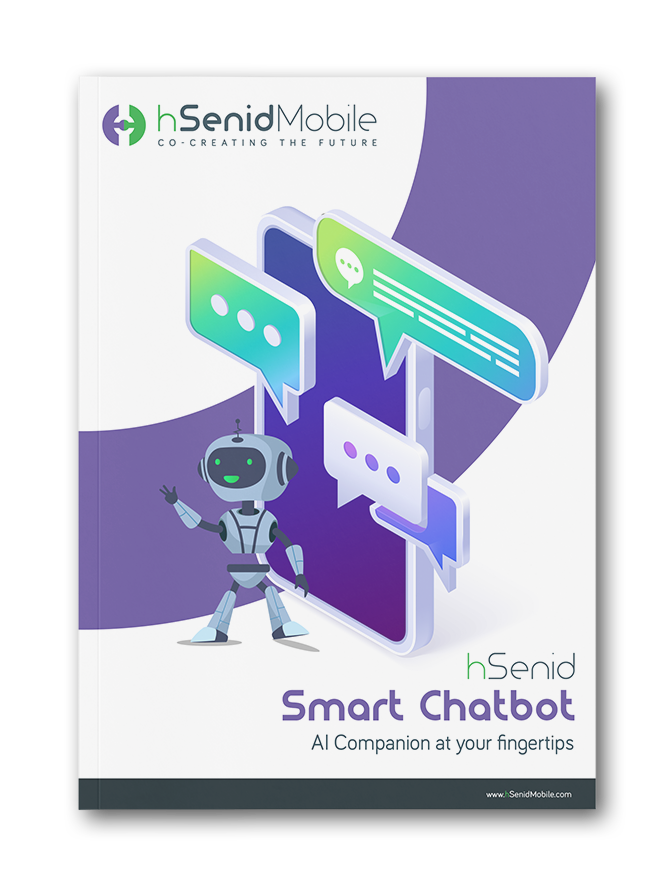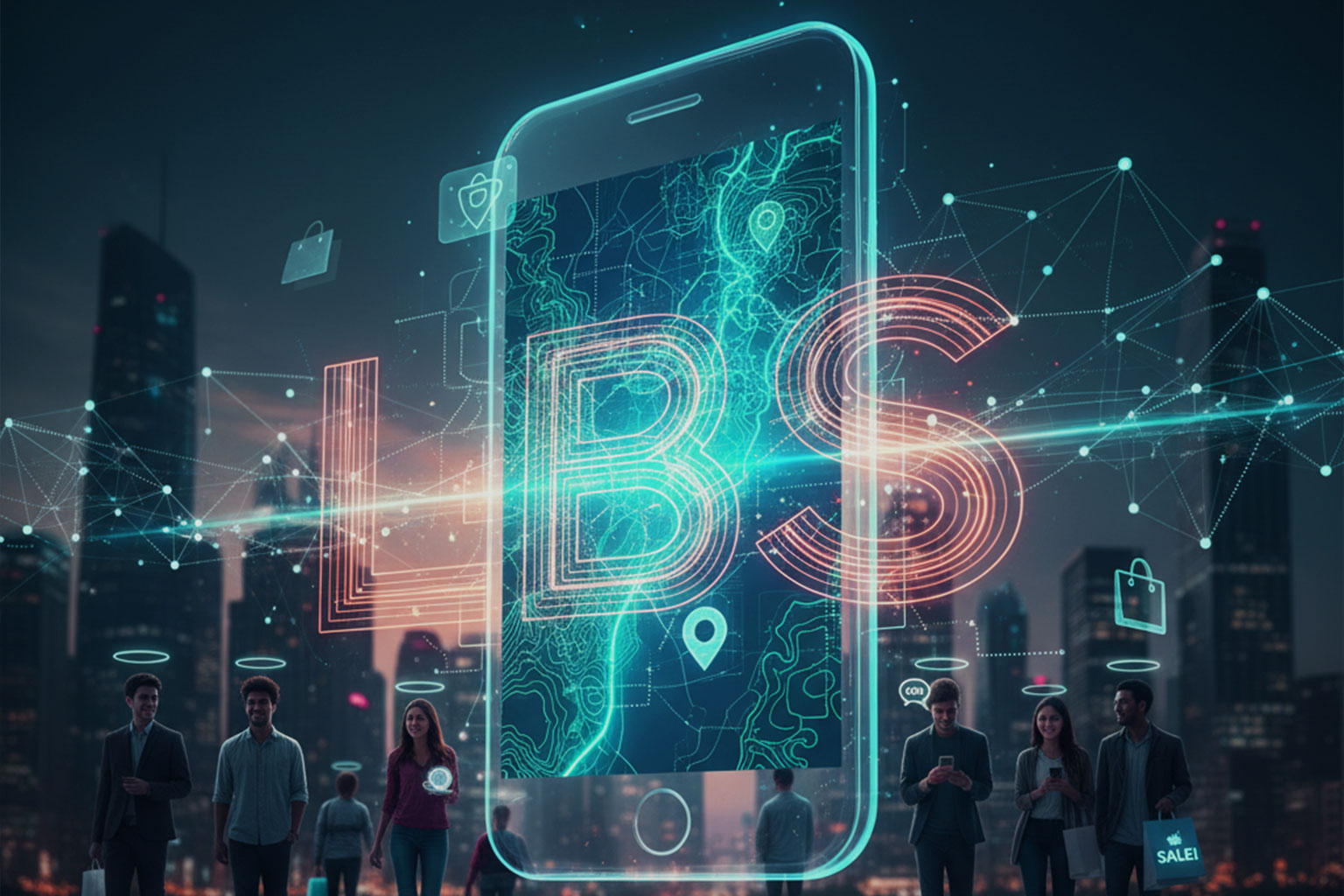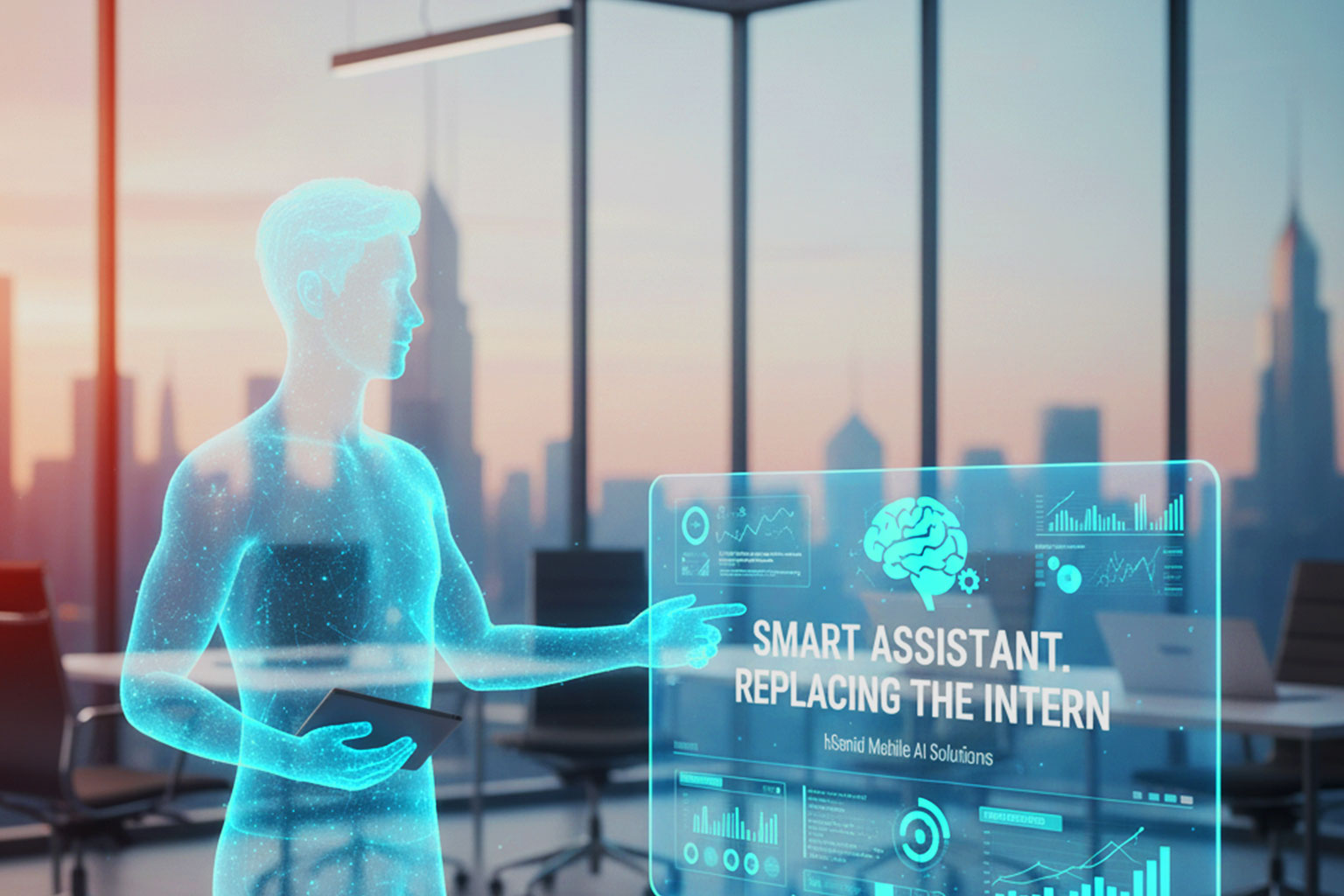It is true that chatbots have been around for a while – the development of chatbots began as far back as the 1950s. Almost a quarter of a century later chatbots have become a vital component of a company, more often than not being a customer’s first point of contact with a brand. The wonderful thing about chatbots is that they enhance customer service, elevate customer engagement and ultimately, boost business.
Traditional enterprise chatbots are rules-based systems that follow an if-then pathway. When they first came into use, they offered customers a quick and efficient way to gain information. However, as customer requirements evolved, these traditional chatbots have been found to be deficient in several key areas.
Common issues in traditional enterprise chatbots
Limited understanding
Traditional chatbots often have limited understanding due to their reliance on predefined scripts or rules-based systems, which restrict their ability to comprehend nuances in language and context. When faced with queries or statements deviating from their programmed parameters, they often provide irrelevant or inaccurate responses, leading to frustrating user experiences. For instance, when a customer submits a query about a billing discrepancy, traditional chatbots may fail to comprehend the specifics of the issue, resulting in a generalized response that bears little connection to the matter at hand.Inability to understand complex queries
Once an inquiry goes beyond the predefined parameters of a chatbot’s programmed capacity or if the matter becomes intricate and multi-layered, the chatbot cannot offer a proper response. In the banking sector, for example, a customer may have a complex inquiry regarding their mortgage options, involving multiple factors such as interest rates, loan terms, and eligibility criteria. Given the extremely structured nature of the chatbot’s programming, it will not be able to take into account all the different variables. The responses could end up being vague, irrelevant and sometimes even nonsensical.Not user-friendly
Many traditional chatbots are designed to operate exclusively in one language, which can be a significant barrier for users who speak different languages or prefer to communicate in their native tongue. Moreover, in a globalized world where businesses cater to diverse customer bases, the inability of traditional chatbots to accommodate multiple languages can hinder accessibility and impede effective communication. Additionally, even if a traditional chatbot does offer support for multiple languages, the quality and accuracy of responses may vary, leading to inconsistencies and confusion for users.Lack of personalization
Firstly, traditional chatbots often fail to tailor interactions based on individual user preferences, history, or context. This is because they typically do not possess the ability to remember past interactions or user data to provide personalized recommendations or assistance. Additionally, traditional chatbots often offer a fixed set of specified options or pathways for users to navigate, which speak to very broad use cases. Beyond these boundaries, they cannot accommodate issues that are unique to certain individuals.Overcoming the issues posed by traditional chatbots
While traditional enterprise chatbots were a game changer when they were first introduced, they are no longer as effective as they used to be. Customer needs and demands far outstrip the capabilities of traditional chatbots leading to all kinds of issues, most prominently the four problems outlined above. AI chatbots have a solution for each problem posed by traditional chatbots:Natural language processing and machine learning
AI chatbots leverage natural language processing (NLP) and machine learning (ML) techniques to deliver tailored, specific, and accurate responses to user inquiries. NLP enables chatbots to understand and interpret human language by analyzing the semantic meaning, syntax, and context of user input. Through ML algorithms, chatbots can continuously learn from interactions with users, improving their ability to recognize patterns, understand intent, and generate appropriate responses over time.Seamless transition to a human agent
AI chatbots are equipped with the functionality to seamlessly hand over to a human agent when encountering queries beyond their capabilities or when users request human assistance. Through this handover process, chatbots can transfer relevant context and information to the human agent, ensuring a smooth transition and minimizing user frustration. This allows the agent to pick up from where the software left off and a user will not have to start all over again.Multi-lingual and speech recognition capabilities
By supporting multiple languages, AI chatbots cater to diverse global audiences, making interactions more accessible and inclusive for users worldwide. Additionally, with speech recognition technology, users can engage with chatbots through voice commands, eliminating the need for typing and making interactions more convenient, especially for those with mobility or accessibility challenges. Moreover, speech recognition enhances the naturalness of conversations, mimicking real-life dialogue and reducing the learning curve for users unfamiliar with text-based interfaces. ‘Data-driven communication
AI chatbots leverage user data and preferences to deliver highly personalized experiences, enhancing user engagement and satisfaction. By analyzing past interactions, browsing history, purchase behavior, and demographic information, AI chatbots can gain insights into individual preferences, interests, and needs. This allows them to tailor responses, recommendations, and suggestions to each user’s specific context, increasing relevance and effectiveness. Moreover, AI chatbots can remember past conversations, enabling them to provide continuity and coherence across interactions.In a nutshell, what AI chatbots do is to eliminate the ‘robotic’ nature of a chatbot conversation. AI chatbots are efficient, easy-to-use and feel far more human-like. Not only do they offer more pertinent and meaningful responses, they cater to varying user profiles.








